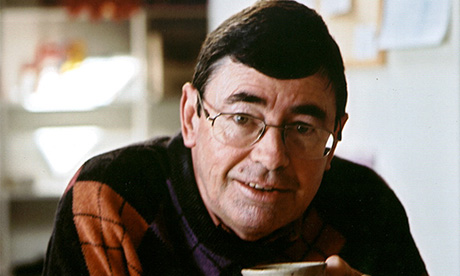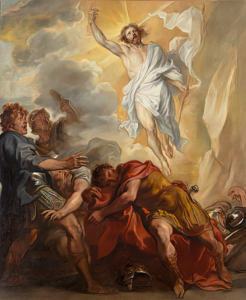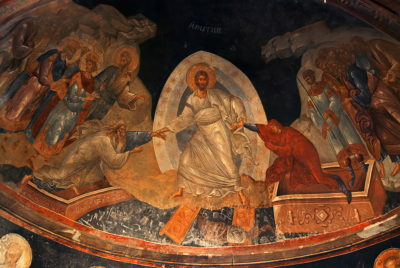If you are looking for a way to idle away a couple of hours (or more if you are really keen), in your internet search engine type in an entry that goes something like, “the Resurrection of Christ in Western Art.”
There will, of course, be many, many entries, however, they will have substantial similarities with each other.
That similarity is Christ is going up and away.
He is usually alone and those daring to hang around often appear scared out of their wits.
An example is the oil painting by Anthony Van Dyck. Painted c 1631 – 32, the oil hangs in The Wadsworth Atheneum an art museum in Hartford, Connecticut.
If, on the other hand, you do a similar search and change just one word a great secret is revealed.
The change is from ‘Western’ to Orthodox: ‘Resurrection of Christ in Orthodox Art.
The secret, at least for many Western Christians is hidden in the other half of the universal church, in places like Syria, Turkey, Greece, and Egypt; Eastern Orthodox Christianity.
In the Eastern Orthodox tradition, Easter is not usually painted with a solitary Jesus rising from the dead.
Jesus is always surrounded by crowds of people—both haloed and unhaloed.
In fact, in traditional icons, Jesus is pulling people out of Hades.
Hades is not the same as hell, although we sometimes put the two words together, and so we grew up reciting in the creed that “Jesus descended into hell.”
Instead, Hades is simply the place of the dead.
There’s no punishment or judgment involved.
It’s just where a soul waits for God.
So, the Eastern Church was probably much closer to the truth that the resurrection is a message about humanity. It’s a message about history.
It’s a corporate message for all of us.
An expression of this Orthodox truth of Jesus pulling people out of Hades is a fresco in the Chora Church in Istanbul, Turkey, (c 14th C).
Take a moment to look at the different energy of the people in both illustrations; in the Van Dyck oil, the Risen Christ is heading up and away from; those in the image are cowering not in awe, but rather in fear.
In the Orthodox fresco, Christ is descending, with people clamouring for touch, to be taken, hold up, to be lifted out of that which holds them in place, inert.
Allow the Risen Christ to ”descend” to those places in my life which hold me bound; reach out, and be taken by the hand to a new and life-giving place.
- Gerard Whiteford is Marist priest; retreat facilitator and spiritual companion for 35 years. He writes weekly at Restawhile.nz.
News category: Analysis and Comment, Palmerston.






